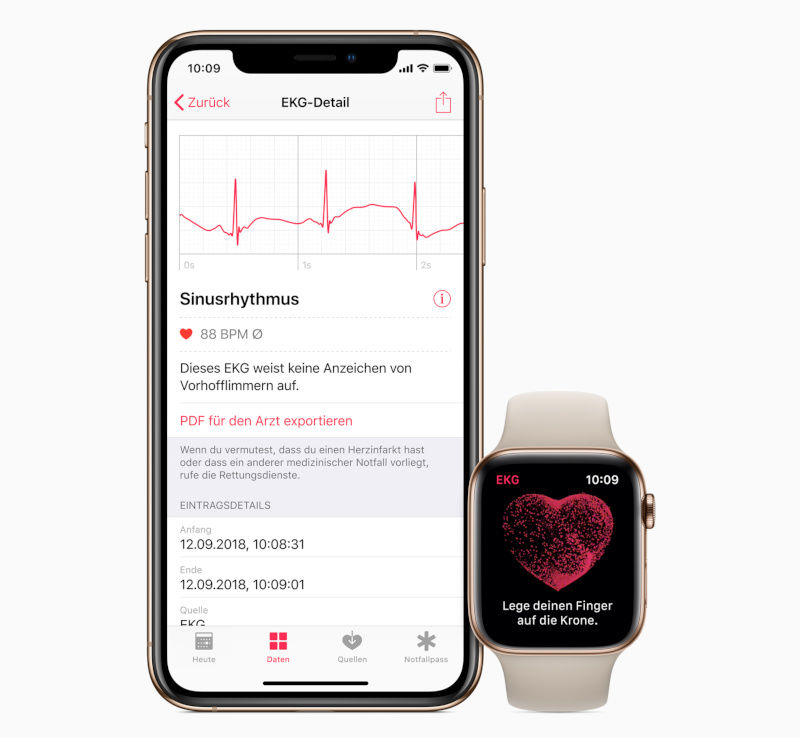Loops, cue points, effects, time stretching and key detection with Pitch ‘n Time plus loads of instruments and samples help you create song blocks that you can then arrange into a single timeline along the bottom. It’s not really meant to take the place of a more advanced digital audio workstation (DAW) but it can help new users lay out a song’s framework more easily and in a workflow similar to what DJs already use. People with production skills already under their belt can use Serato Studio as a way to quickly sketch out new ideas — especially with stem file exports on the short-term roadmap.
“By building on what DJs already know, we’ve reduced that steep learning curve commonly associated with music production, which means less time hitting technical roadblocks and more time actually making music.”
– Nick Maclaren, Chief Strategy Officer at Serato
Since Serato’s business model is focused on DJing, it’s no surprise that it has tailored Studio to work well with DJ hardware including its jog wheels, pads and knobs. The on-screen layout echoes the device’s setup, with a central view split into left and right segments (like a two-turntable setup). Each of these have volume sliders, filters and keypads that correspond to the ones on either side of your controller, making it a relatively familiar workspace. There’s still no manual or comprehensive help screen available yet, so you’ll have to make do with hover tips for clarification and plenty of experimenting.
On the right segment is the stack where you can add drums, samples and instruments — and there are plenty of these included in the beta software package. Notes can be recorded live or drawn into groups of up to four looped measures. (That’s currently the maximum length of what they’re calling “scenes” by default.) Each scene is a tab, and you can copy them to add the next stage of complexity or easily create blank ones for breakdowns, changes and such. These tabs are what you’ll drag to the song view along the bottom to lay out your track. Adding a new row of sounds to any scene will add the same row across all of them, so in that way it’s similar to most DAW layouts, except that here you’ll have to jump to another tab for changes, rather than continuing in a single uninterrupted line from start to finish. It’s primarily a loop-based creation tool, after all.
The left segment is where you see the details of each sound from your scenes. That includes instruments, drum kits and samples. The sampler is one of the more powerful and unique tools here, and seems to include much of the functionality from Serato’s recent Sample product that works as a plugin with other DAWs. Here, it’s built into the workspace and since Studio can access your Serato library (when you toggle from song view to library view at the bottom), it’s easy to drag in tunes from your collection, use existing cue points or find new ones to start playing segments. Each sample has its own filters and adjustments including key, tempo, attack and release.
Serato Studio supports VST plugins and MIDI devices, so if you happen to have keyboards and other controllers beyond your DJ gear, they should work easily. I dusted off and fired up an old Oxygen 8 keyboard, downloaded a well-outdated driver and was ready to play right away. The initial Studio Beta includes plenty of sounds, drum kits, samples and effects to get going without the need for anything else. Plus the drum kits have preset beat layouts from a variety of styles to get you going until you craft your own. While you can also draw from your Serato library, you don’t actually need to have Serato DJ to use Studio. You can drag audio files from your desktop and work that way.


 The official unveiling for Borderlands 3 is a mere day away as we write this, but that isn't stopping Gearbox from trying to further whet your appetite. The studio has posted a "Mask of Mayhem" teaser trailer that whips around a giant static scene t…
The official unveiling for Borderlands 3 is a mere day away as we write this, but that isn't stopping Gearbox from trying to further whet your appetite. The studio has posted a "Mask of Mayhem" teaser trailer that whips around a giant static scene t…